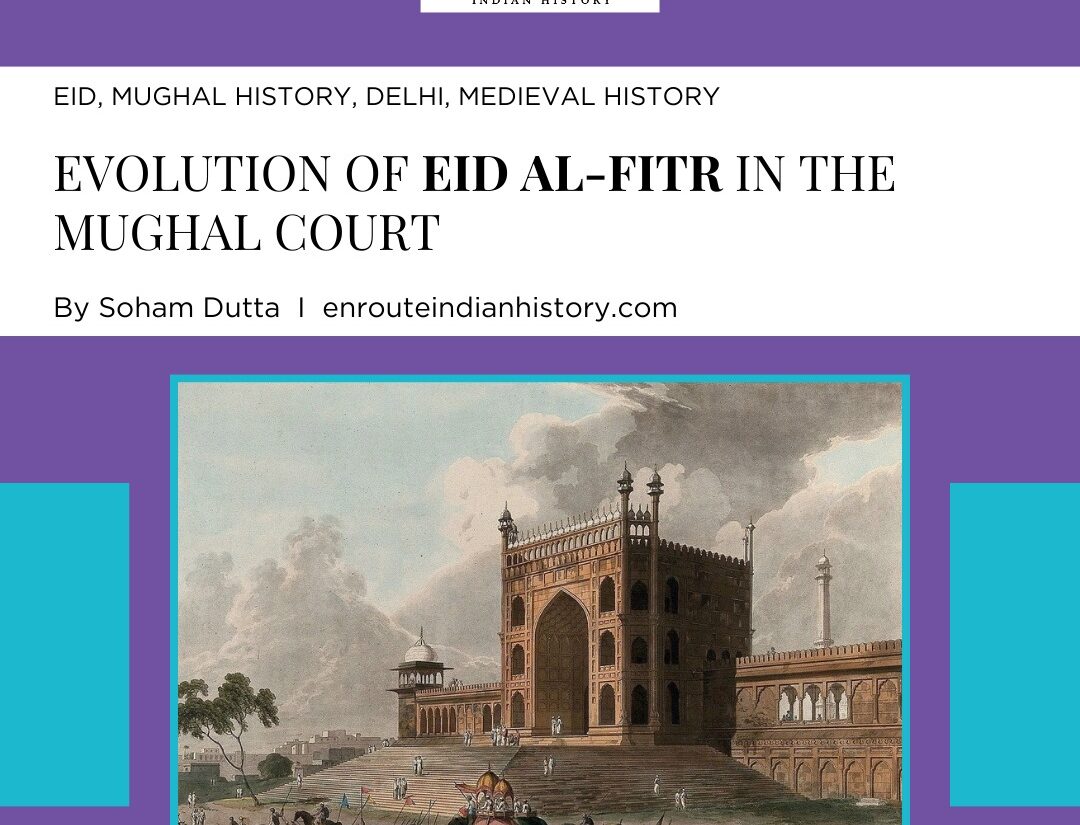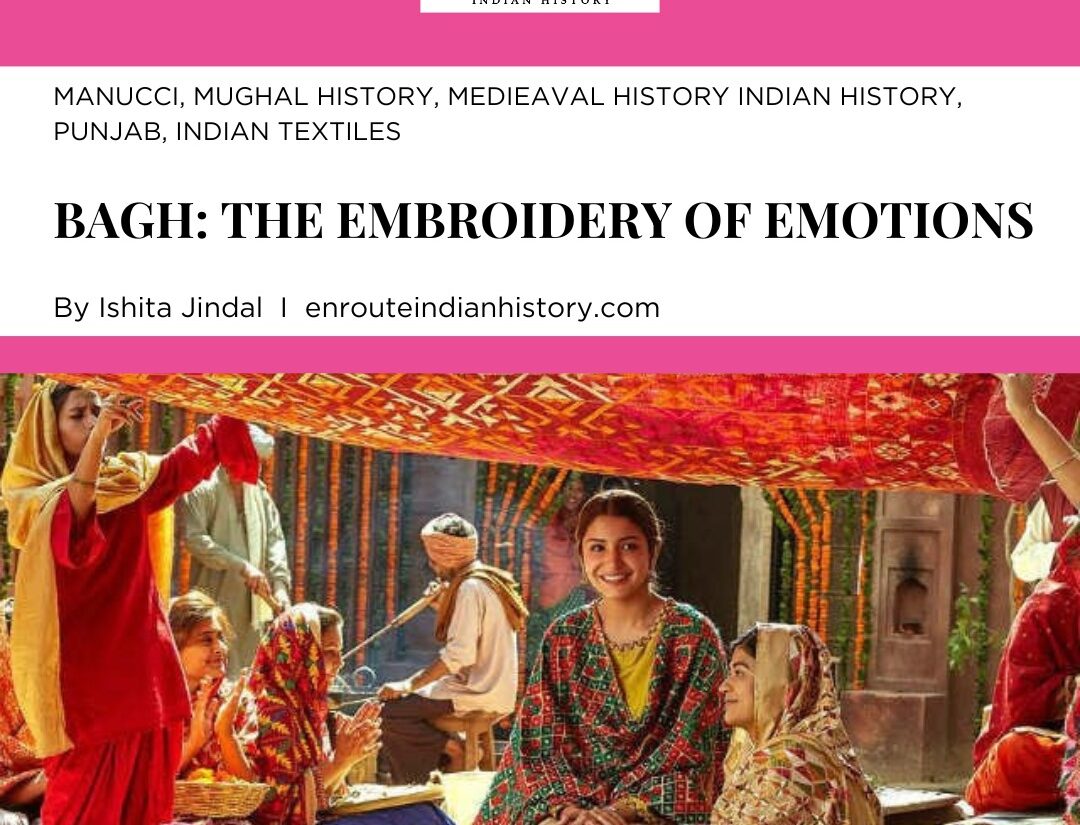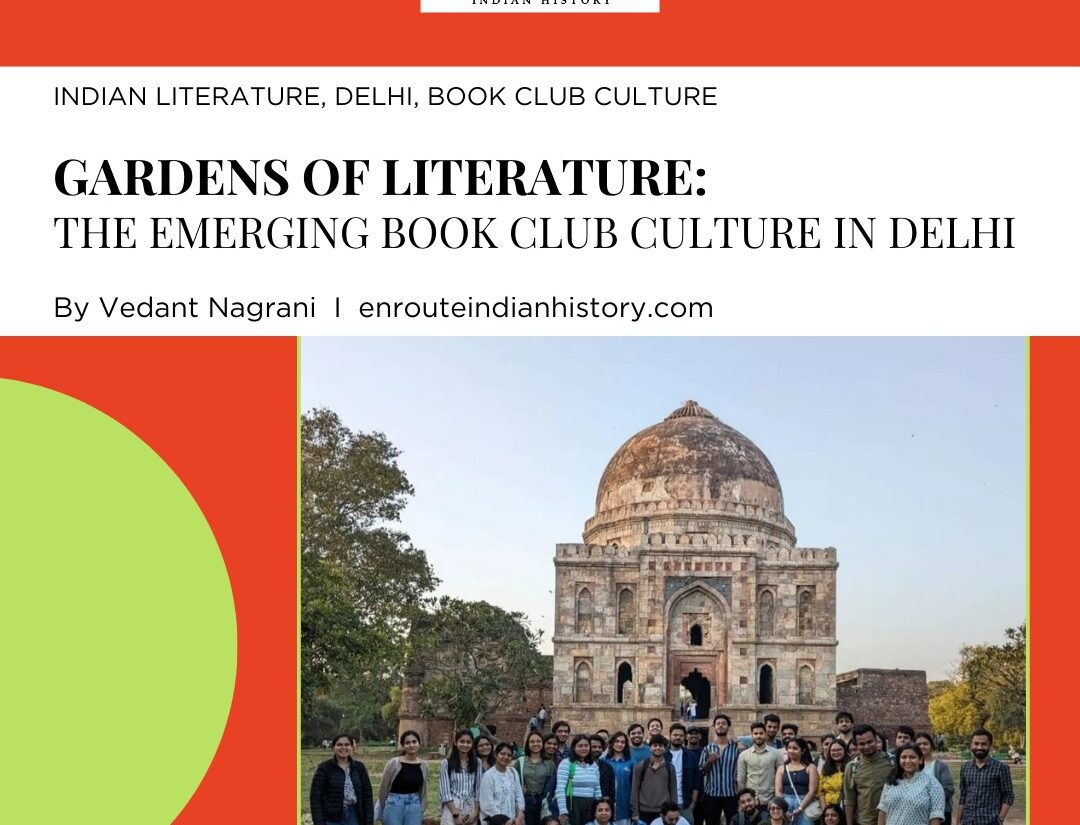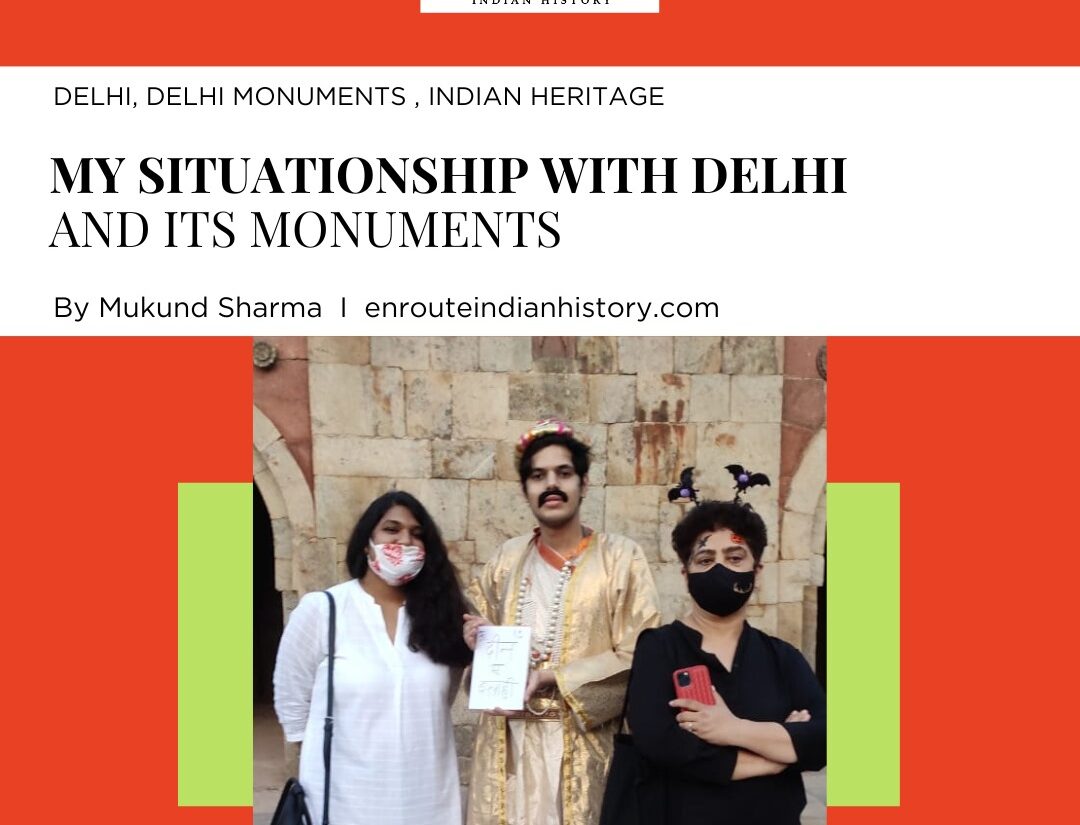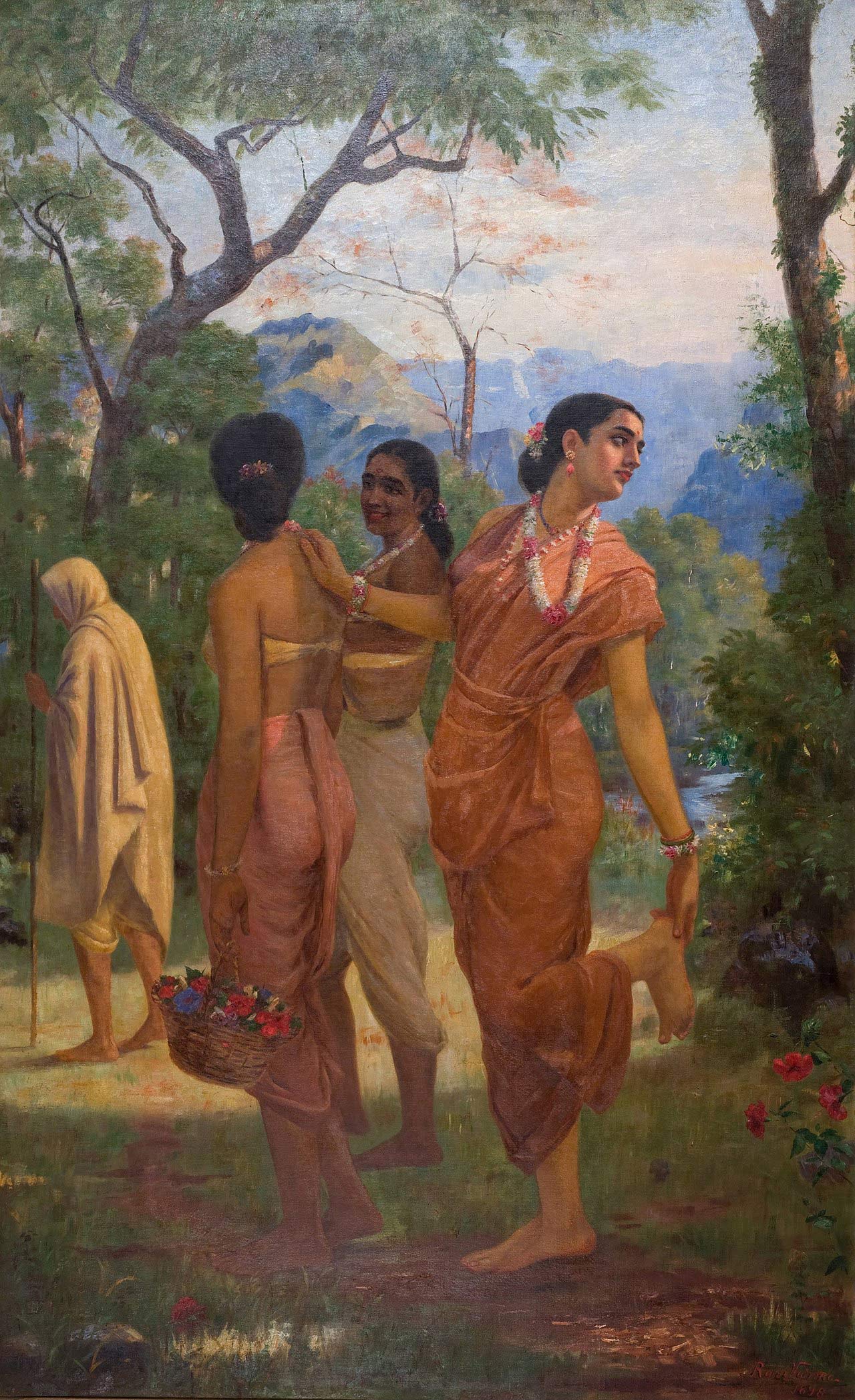
Horses evolved over the past 45 to 55 million years from a small, multi-toed creature called Eohippus, or the “dawn horse. Humans began domesticating horses around 4000 BCE, and their domestication is believed to have been widespread by 3000 BCE. It is supposed that the first humans to use horses were a tribe of Indo-European origin that lived in the steppes north of the Black and Caspian seas. It holds different connotations in people’s minds at different times, sometimes auspicious, sometimes suggesting royalty as a war animal and as an animal depicting speed and mobility and sometimes with it the symbol of eliteness and as a status symbol.
Horse through the ages in India
Horses were introduced to India by the Indo-Aryan invaders around 1500 BCE, who brought with them the Vedic culture and the Sanskrit language. Horses were valued for their speed, strength, and agility, and were used for chariot warfare, and cavalry. Horse Riding was a symbol of power and prestige in the Vedic times. Horses formed a part of the Chaturanga force(Cavalry, Infantry, Elephants and Chariots ) of the Kings.

Shah Jahan on horseback
Horses were also associated with various gods and goddesses, such as Indra, Surya, Usha, and Ashvins. The avatar of Vishnu Haragriva who is a god of wisdom, knowledge and education is depicted in a horse Head. Indra is depicted flying in a seven-headed white horse named Uchchaihshravas, Aswins who are the twin Gods of medicine health and healing are also seen riding a golden horse chariot drawn by four horses. Similarly, Revanta who is a Hindu God of hunting rides a horse named Raivata.
Horses influenced the art, literature, and culture of India, as they were depicted in sculptures, paintings, coins, and texts. Like in Rigveda, there is mention of horses 215 times; the hymn to arms depicts the horse as a vital component of the Vedic martial ethos and brings alive classical scenes of heroic warriors hurtling forth in horse-drawn chariots. There is also a reference to Ashvamedha a ritual that involves the sacrifice of a horse to gain the favour of the gods and for increasing the power and prestige of the Kings. Apart from the Great Epics the Mahabharata where Arjuna, the hero of the epic, receives a divine chariot and four horses from the god Indra and the Ramayana where Rama, the protagonist of the epic, is born in the clan of Ikshvaku, which means “sugar cane” or “horse”.

Maharana Sarup Singh Inspects a Prize Stallion | 1845–46, Mewar
Furthermore, the Arthashastra contains chapters on the management and training of horses, and the Ashoka pillars display various carvings and inscriptions that depict horses. For example, the Sarnath pillar, which bears the famous lion capital, also shows four horses emerging from a lotus flower. The horses represent the four directions, the four seasons, and the four noble truths of Buddhism, the Ajanta caves and the paintings show the Buddha’s birth, where his mother Maya holds a branch of a tree, while a white elephant and a white horse stand beside her. Similarly in the Mughal text Ain I Akbari different types, breeds, qualities, and uses of horses, as well as the rules and regulations for their trade, breeding, feeding, grooming, and training and the Mughal miniatures depict kings riding horses during Hunts. Horses also inspired the development of various sciences and technologies, such as veterinary medicine, horsemanship, metallurgy, and mathematics.
Horses were not native to India and had to be imported from other regions, such as Central Asia, Persia, Arabia, and Afghanistan. The trade and breeding of horses became a lucrative and strategic activity for many Indian rulers and merchants. Some of the famous horses that came to India were the Turkoman, the Arabian, the Nisean, and the Turki Horses. Horses were also a source of conflict and diplomacy, as different kingdoms and empires fought for control over the horse trade routes and the best breeds.
Horses continue to be a part of modern Indian society, as they are used for tourism, sports, ceremonies, and entertainment. Some of the popular horse breeds that are found in India today are the Marwari, the Kathiawari, the Manipuri, and the Zanskari.
Horse as a symbol of Middle-class Prestige
Starting from the Colonial Period a different Dimension of Horses appeared, that is Horse racing. Horse racing in India dates back to 1777 when the first racecourse was built in Madras (now Chennai) by the British. Horse racing became a popular and lucrative activity for the British colonial elite, as well as some Indian princes and nobles who participated in the sport. The Bombay Turf Club was established in 1802, and later moved to the Mahalaxmi Racecourse in 1883, which was modelled after a racecourse in Melbourne1 The Royal Western India Turf Club (RWITC) was formed in 1935 Horse racing in colonial India was not only a sport, but also a cultural and political phenomenon. It reflected the social hierarchy, the racial discrimination, the economic exploitation, and the nationalist aspirations of the colonial era. Similarly, the newly emergent native elites began to adopt these habits and lifestyles to demonstrate their economic power and prestige to society and placed their bid to claim equality with their colonial masters.

A racehorse with a Indian Groomsman
Another strand is also visible from the 18th century with the increase in demand for horses, Horses began to appear more and more in painting, as art and architecture professor Vibhuti Sachdev points out, the paintings of horses produced in these courts depict the stylised likenesses of the real horses but also put in the features or markings Simultaneously the image of the king as a horse-rider made him look authoritative and supreme. The equestrian portraits were important in their significance in ritual objects and were primarily symbolic in nature, as Jagjeet Lally says, “absorbing all the symbolic power of their two subjects, the emperor and his horse.” that made horses auspicious. Rajput states and dynasties were at the forefront of these developments, work of Colonel James Tod Annals and Antiquities of Rajasthan which created the image of Rajput valorization centred around the Horses.
The colonial elites who were on the rise adopted the symbol of the horse who could maintain it, brought it to run their carriages and to become respectable in the eyes of the society, who could not own Horses, brought various forms of paintings or statues. Since the 1990s, India has undergone a process of economic reforms that opened up its markets, reduced regulations, and attracted foreign investment. This led to a rapid growth of the economy, which created more opportunities and income for the middle class. The middle class who were growing up at the time adopted the status symbol of so-called elites to show their aspirations for social mobility and to gain prestige, sometimes to add an aesthetic sense to the black and white walls of their buildings Similarly Many middle-class Indians may have been influenced by this cultural heritage and developed a fascination and admiration for horses.
Horses have also been featured prominently in various forms of media, such as movies, television, books, magazines, and social media. These media portrayals may have increased the awareness and popularity of horses among the middle-class audience, especially the younger generation. Some examples of popular media that feature horses are the Bollywood movie Tiger Zinda Hai or Veer, the television show Mahabharat, the book The White Tiger, and the magazine Horse India.
In this way we can trace the overall growing importance of horses in the cultural milieu of the rapidly emerging middle class in India although numerous households show different tastes in their display some portray a bungalow and in front there is a luxury car Furthermore the accessibility of the internet made the paintings and sculptures of horses feel like a redundant one and itself remained as the remnants of the past, pointing to the crucial change in the aspirations of the Middle class.
References
- Chandra, Y. (2021) The tale of the horse: a history of india on horseback. Pan Macmillan.
- fields, kitty (2019) ‘Horse gods and goddesses of the ancient world: celtic, greek & more’, Otherworldly Oracle, 3 April. Available at: https://otherworldlyoracle.com/horse-gods-goddesses/ (Accessed: 1 January 2024).
- Forrest, S. (2017) The age of the horse: an equine journey through human history. Open Road + Grove/Atlantic.
- Horse magic, folklore and legends (no date) Learn Religions. Available at: https://www.learnreligions.com/horse-magic-folklore-and-legends-4030574 (Accessed: 1 January 2024).
- Khandelwal, P. (2019) Art to sacrifices: How the horse became important in 18th century India, ThePrint. Available at: https://theprint.in/opinion/art-to-sacrifices-how-the-horse-became-important-in-18th-century-india/340134/ (Accessed: 1 January 2024).
- Sengupta, D. (2011) ‘Owning horse becomes new status symbol for middle-class Indians’, The Economic Times, 17 March. Available at: https://economictimes.indiatimes.com/owning-horse-becomes-new-status-symbol-for-middle-class-indians/articleshow/7723387.cms (Accessed: 1 January 2024).
- Vahanas – sacred animal vehicles of hindu gods and goddesses – ancient pages (2017). Available at: https://www.ancientpages.com/2017/04/30/vahanas-sacred-animal-vehicles-hindu-gods-goddesses/ (Accessed: 1 January 2024).
- Zodge, V.M. (2020) ‘A glorious ride’, The Hindu, 30 January. Available at: https://www.thehindu.com/news/cities/mumbai/a-glorious-ride/article30696832.ece (Accessed: 1 January 2024).
Image Sources
1.Source : https://www.metmuseum.org/
2. Source : https://www.metmuseum.org/art/
3.Source https://puronokolkata.com/
- March 27, 2024
- 7 Min Read


